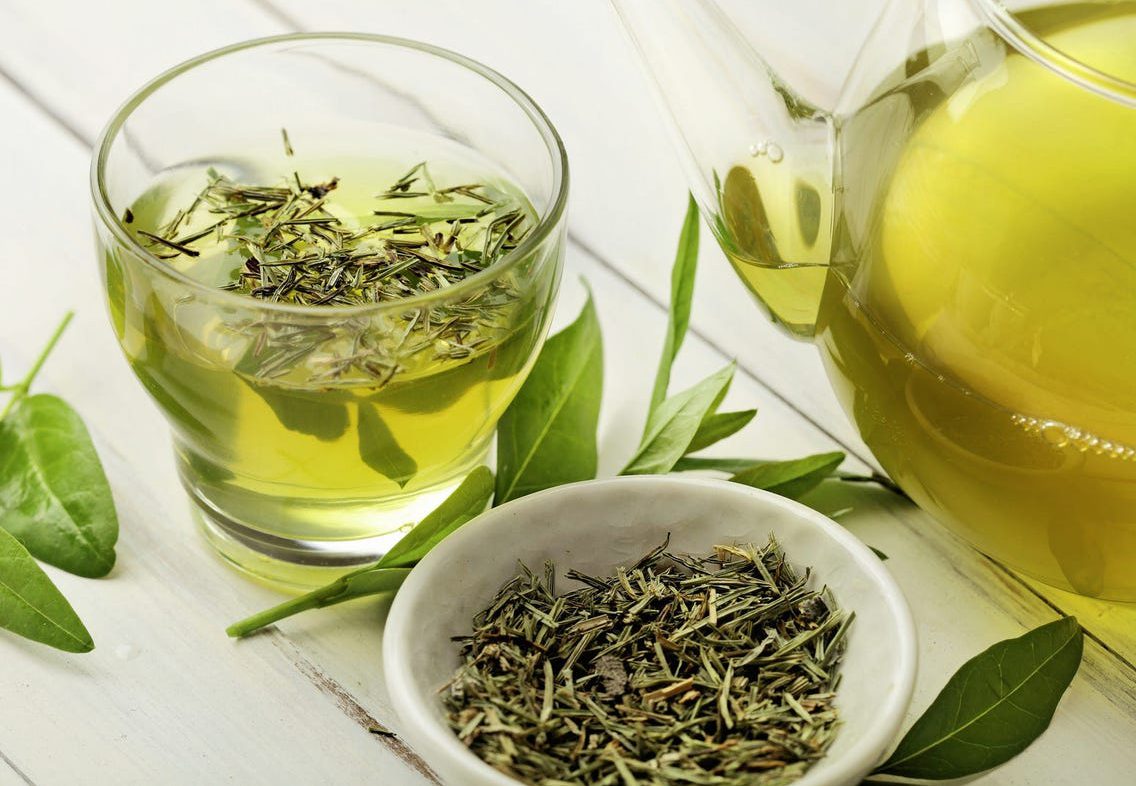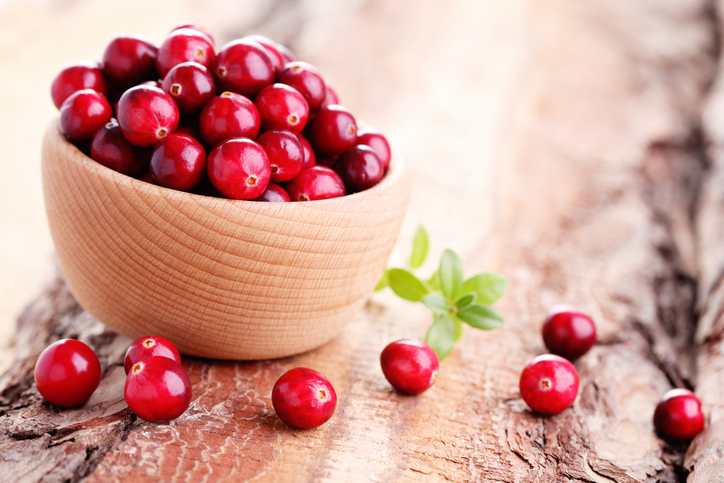5 antibacterial agents from nature
Probiotics, green tea and honey are examples of „ancientbiotics” – natural compounds that have been used for centuries to fight bacteria that have scientifically validated antibacterial properties that are valued to this day.

Antimicrobial resistance (AMR) has been declared one of the top 10 global public health threats to humanity. It’s fueled by the misuse and overuse of antimicrobials and occurs when bacteria, viruses, fungi and parasites become impervious to the antimicrobial drugs used to treat them. In the U.S. alone, 2.8 million people develop antibiotic-resistant infections annually, and 35,000 people die as a result.
As drug-resistant pathogens spread, infections that were once easy to treat can become life-threatening and there are few new options in development. Even the World Health Organization (WHO) stated, „The clinical pipeline of new antimicrobials is dry.”
If you’re facing a serious infection, you should seek medical attention immediately. However, it’s useful to be aware of the antibacterial agents found in nature, many of which have been valued since ancient times.
Ancient civilizations relied on natural antibiotics
With antimicrobial-resistant infections on the rise, scientists are now looking with interest at ancient medieval medical texts, which include various recipes to treat conditions that were likely microbial infections. One such remedy that’s 1,000 years old included crushed garlic and a second substance in the Allium species combined with medicinal wine and medicinal plants for liver and gall blader, then left to sit in a brass or bronze vessel for nine days and nights. “The ingredients combined to treat this infection appear promising to the modern microbiologist,” researchers wrote in the journal mBio. They reconstructed the remedy, which they believe was used to treat styes, then known as “wen,” which are caused by Staphylococcus aureus bacteria.
The “ancientbiotics” turned out to be effective, with the study noting their “activity relies on the combined activity of several antimicrobial ingredients” and highlights the “untapped potential of premodern remedies for yielding novel therapeutics at a time when new antibiotics are desperately needed.”
In other instances, garlic was used by ancient Greece, Rome, India and China for infections and respiratory ailments, while in ancient Egypt, China, Serbia, Greece and Rome moldy bread was applied as a topical treatment for infections. Other ancient civilizations relied on herbs, honey and, in some cases, animal feces to treat infection.
Five top natural antibacterial agents
Some of the most prized antimicrobial agents come from nature, and many of them are easy to access and incorporate into your routine as necessary. At GreenMedInfo.com, you can read about 525 substances that work as antibacterial agents, which include:
- Probiotics
Ancient civilizations embraced fermented foods, which gave them a rich source of probiotics. Today, probiotics are well known for bolstering the beneficial bacteria in your gut. Less widely known is their usefulness for directly inhibiting bacterial pathogens like E. coli, shigella, salmonella and C. difficile. A multi-strain probiotic is especially useful for this purpose.
Probiotics also produce inhibitory substances such as hydrogen peroxide and bacteriocins, which may inhibit pathogenic bacteria, while also blocking adhesion sites, competing for nutrients with pathogens and bolstering the immune response. “Unequivocal evidence” proves the antimicrobial activity of probiotics, which includes:
• Reduced giardia infection
• Decrease in candida and protection against candidiasis
• Reduced accumulation of bacterial plaque
• The ability to fight skin pathogens
- Cranberry
Cranberry contains a number of active compounds including phenolic acids, proanthocyanidins, anthocyanins and organic acids that inhibit the growth of Staphylococcus bacteria and salmonella and inhibit E. coli in the urinary tract – grapefruit seeds have also shown promise in treating urinary tract infections, including antibiotic-resistant varieties.
Cranberry compounds also have noted anti-adhesion effects against gram-negative and gram-positive bacteria, meaning it interferes with the ability of the bacteria to adhere to your tissues. A 2020 study also found that cranberry has an antibacterial effect against periodontal pathogens in biofilms, working to reduce bacteria adhesion and prevent bacterial colonization in the mouth.

- Green tea
Of the four primary catechins in green tea, three of them – epicatechin-3-gallate (ECG), epigallocatechin (EGC) and epigallocatechin-3-gallate (EGCG) – have impressive antimicrobial effects. In addition to directly inhibiting Streptococcus mutans, the main cause of cavities, and reducing their attachment to oral surfaces, green tea also has antimicrobial activity against a wide range of bacteria, fungi and viruses, including: E. coli, Salmonella, Staphylococcus aureus, Enterococcus sp., Candida albicans, HIV, Herpes simplex, Influenza.
Like many natural compounds, what makes green tea so beneficial is that it uses a variety of mechanisms in its antimicrobial activities. The catechins it contains are directly antimicrobial, in that they cause damage to the bacterial cell membrane and inhibit enzyme activity. Green tea also inhibits inflammation, which can increase the total antimicrobial effects that it has on an individual.
In the case of green tea for urinary tract infections, which are often caused by E. coli, one study suggested that drinking a cup of brewed green tea may control the growth of bacteria for up to six hours, and perhaps longer.
- Curcumin
Curcumin, an active compound in the spice turmeric, has been a part of Asian traditional medicine for centuries and has notable antiviral, antibacterial and antifungal effects, including against: Staphylococcus aureus, Streptococcus sp., Gram-positive bacteria including listeria, Gram-negative bacteria including E. coli, Pseudomonas, viruses including HIV, hepatitis viruses, Influenza virus, herpes viruses, Human papillomavirus (HPV), Respiratory syncytial virus, Noroviruses, Arboviruses, Candida, Aspergillus, Cryptococcus, Dermatophytes, Helicobacter pylori.
In addition to being consumed orally, curcumin can also be applied topically to treat conditions such as HPV and oral plaque.
- Honey
Honey is another ancient remedy that has long been used to combat bacteria and treat infections, burns and wounds. It’s unique in that it has broad-spectrum antibacterial activity with multiple components that work synergistically, preventing biofilm formation and decreasing the production of virulence factors.
Honey is also known to block bacterial communication, which means antibiotic-resistance is unlikely to develop against honey, and, because it contains prebiotics, probiotics and zinc, it supports the growth of beneficial gut flora that is also useful for infection control.
Honey contains more than 180 compounds, including enzymes, amino acids, organic acids, vitamins and minerals, a complex composition that makes it useful against even multidrug-resistant bacteria. Ulcers, burns, eye and skin diseases, post-surgical wounds and traumatic injuries are among those often treated with honey.
Is nature the answer?
The fact that 30% to 50% of pharmaceuticals and nutraceuticals are derived from plants is a testimony to their potent healing powers. Plants and other natural compounds are increasingly being valued in the search for compounds to combat antimicrobial resistance, but it’s difficult to isolate effective individual active compounds from nature, which tends to work best in synergy.
Still, nature holds immense promise. “Synergistic combinations of antimicrobial agents with different mechanisms of action have been introduced as more successful strategies to combat infections involving multidrug resistant (MDR) bacteria,” researchers wrote in PLOS One. Other natural compounds that are notable for their antibacterial activity include Nigella sativa (black seed), berberine and bee propolis.
On an individual level, using antibiotics only when necessary, consuming organic, antibiotic-free food and embracing natural antibiotic compounds is a balanced approach to staying healthy and well.
yogaesoteric
November 9, 2021
